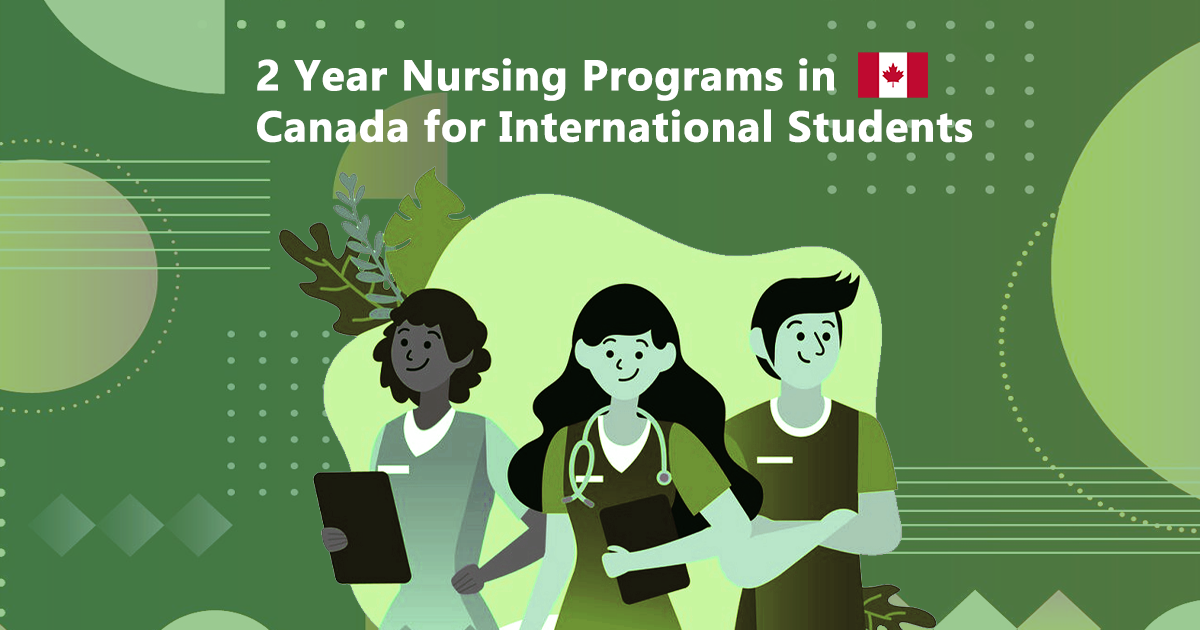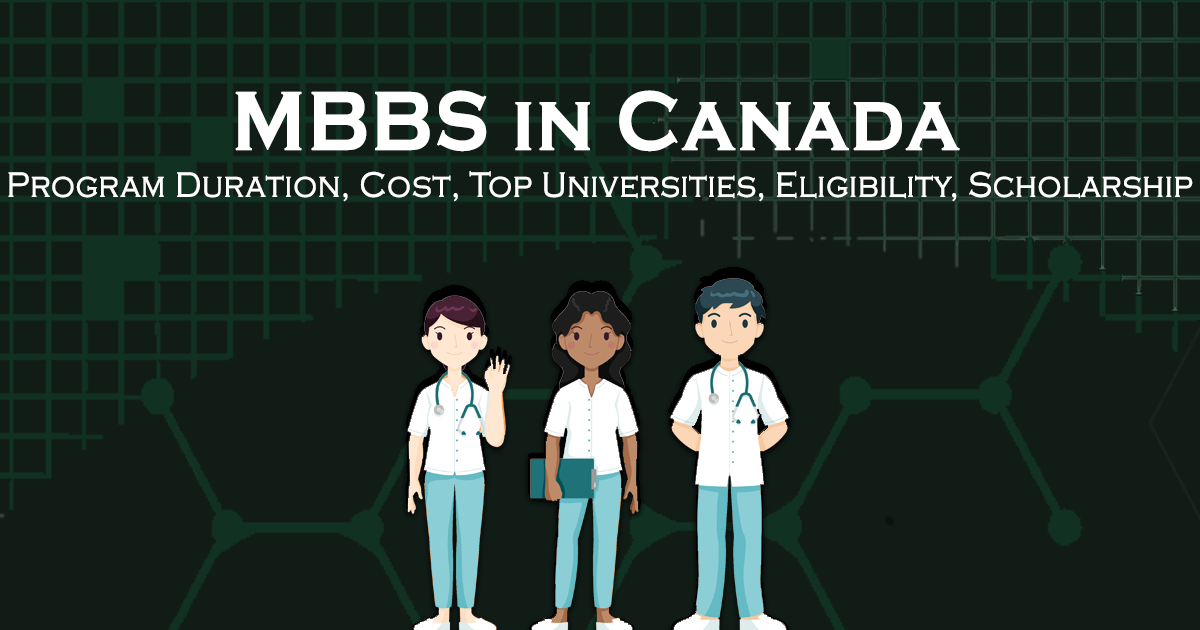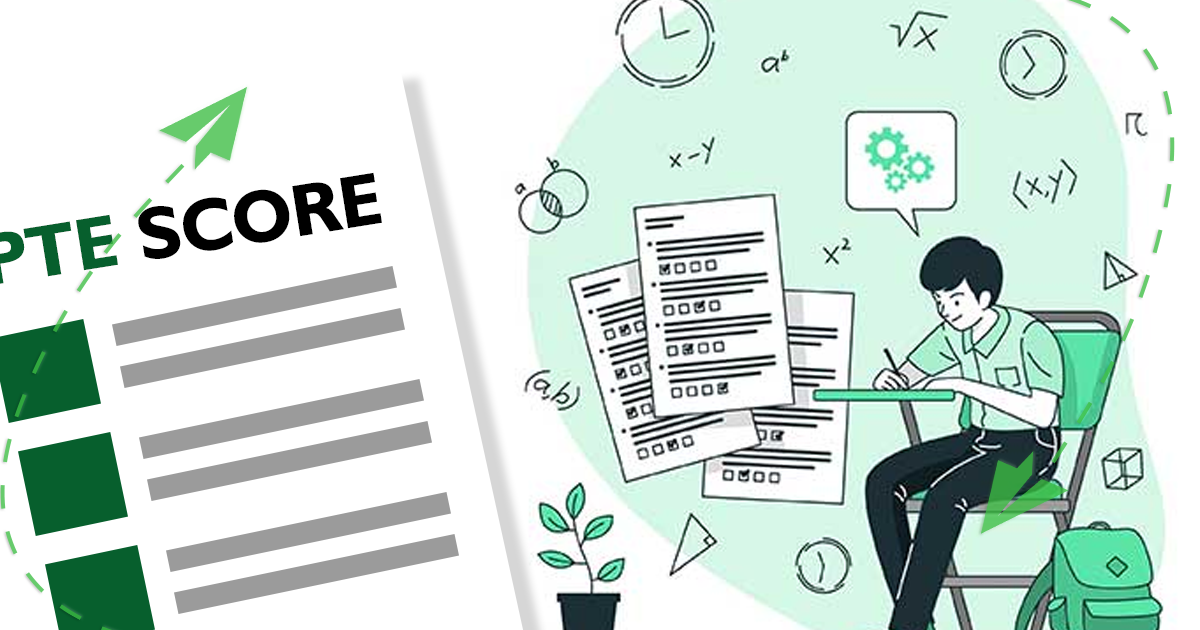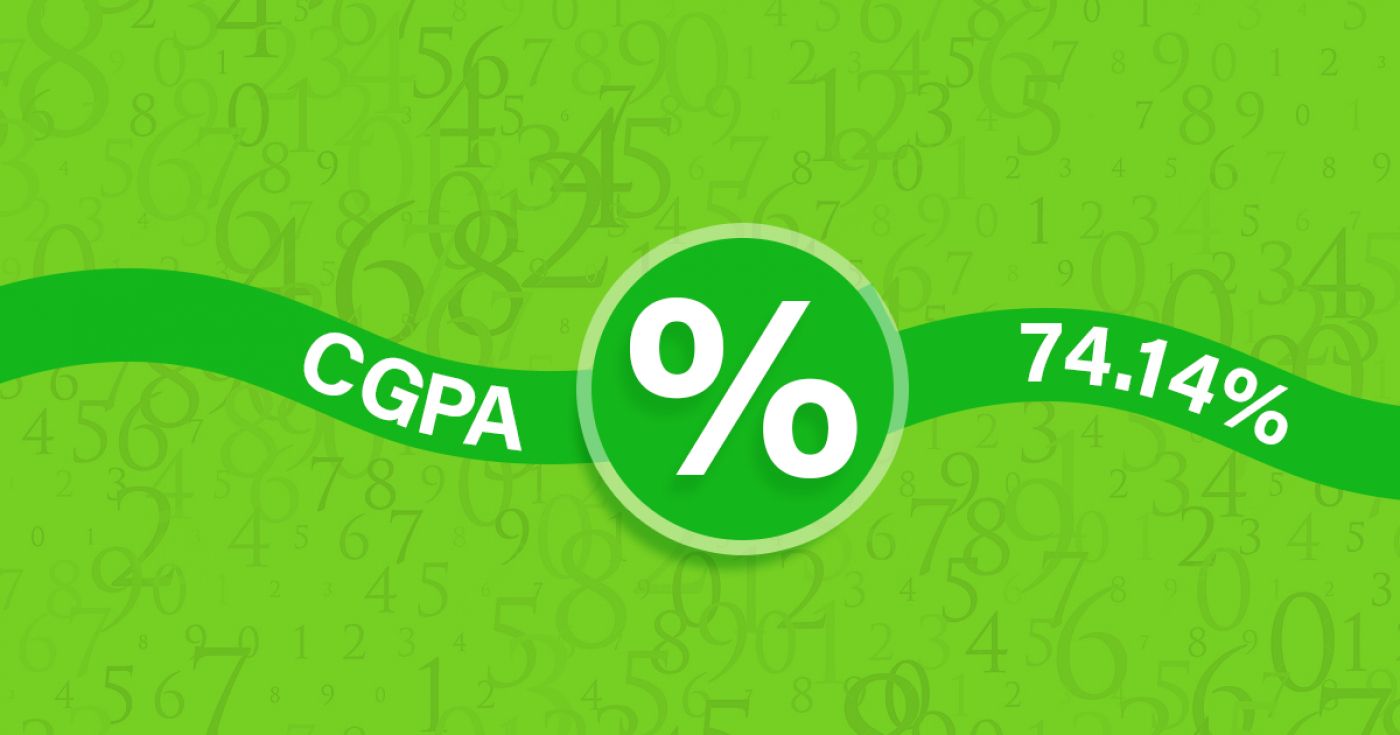Graduate Certificate in Post-Production
at Humber College North Campus Canada
Overview
Humber’s Post-Production graduate certificate program will develop the technological skills, creative and critical abilities you will need to thrive in the post-production industry. You will gain a firm grounding in industry-standard, non-linear video editing software. Through lectures and hands-on work, you will learn the fundamentals of the technical and aesthetic creation of digital media content and get the opportunity to specialize and target specific post-production skills to maximize your marketability in a competitive industry.
You will learn how to collaborate with other departments in the production chain, and how to develop efficient broadcast standard workflows. You will be introduced to the theory and practice of picture and sound editing/mixing, VFX and motion graphics creation, and you will learn how to make professional contacts, engage with employers and guilds, and the basic business skills you will need as a freelancer. You will study the fundamentals of branding and graphic design and produce a marketable portfolio website.
With technology as its main focus, your sound, picture, and visual effects compositing skills will enable you to create content to the industry standards required in the competitive media environment.
Learning Outcomes
Upon successful completion of the program, a graduate will:
- Prepare detailed post-production budgets using Movie Magic Budgeting programs.
- Evaluate documentaries, narrative films, TV series and music videos for creative features and technical aspects.
- Prepare and integrate 2-D and 3-D graphic and animation footage using post-production applications.
- Manage the editing process using an Edit Decision List.
- Complete picture editing projects using non-linear editing suites within specified time frames and budgets.
- Complete audio editing projects using non-linear editing suites within specified time frames and budgets.
- Design and build a network system for post-production applications.
- Manage post-production teams.
- Manage post-production projects.
- Distribute interactive content produced through the Web and DVD.
- Compile a portfolio of creative work for presentations to funding agencies and post-production facilities in order to secure employment.
Work Placement
- This program includes a mandatory work placement. We work with you to find a suitable placement in your chosen field of specialization, allowing you to apply the skills you’ve learned in a professional environment. Placements will take place in post-production houses and media companies in Toronto. Work placements are typically unpaid but provide you with the opportunity to further your knowledge in your chosen field and begin to build your resumé and network of professional contacts.
30
Application Processing Days
Post Graduate
Program Level
Fact & Figures
Full Time On Campus
Study Mode
12
Duration
Humber College North Campus
Location
Graduate Certificate in Post-Production Assistant Fee
$29125
Tuition Fee
$12000
Average Cost of Living
$75
Application Fee
2
Backlogs Allowed
Graduate Certificate in Post-Production Admissions Requirements
- Minimum Level of Education Required: To be accepted into this program, applicants must have a Bachelor’s Degree in a related field or equivalent.

Get superfast admissions at top Graduate Certificate in Post-Production institutes in 2024
Benefits of choosing
➤Admission’s guaranteed at Top institutes across the world.
➤Enjoy exclusive application fee waiver’s with Edmissions.
➤Unlimited FREE Counselling sessions with Edmission’s
Experts
➤Get Tips from industry veterans to crack the IELTS exam in 1
week.
➤Assistance with scholarships, loans, forex, student accommodation and visa guidance.
Work Permit Canada
Students who wish to work in Canada require a work permit to do so. A student in Canada can work part-time during the course of his studies and full-time during holidays and semester breaks and post the completion of their course/program.
Rules for getting a part-time work visa in Canada
You can also work part-time on campus at your university.
Work Permit
Duration
Your part-time work permit will be valid for as long as you have a valid study permit.
Working Hours
20 Hours/Week
As a full-time student, you can work for a maximum of 20 hours a week. However, you can work full- time during holidays and breaks.
Document Required to Work in Canada
List
To apply for a work permit, you will need a study permit that mentions that you are allowed to work part-time on campus.
Social Insurance Number
Study Permit
You will need a Social Insurance Number (SIN) to Service Canada. if you wish to work in Canada during the course of your studies. To apply for the same, you need a valid study permit, and you should be a full- time student at a recognized university.

You can work part-time off-campus if you are studying in the Quebec province.
Duration of Work Permit Canada
Your part-time work permit will be valid for as long as you have a valid study permit.
Work Hours Canada
As a full-time student, you can work for a maximum of 20 hours a week. However, you can work full- time during holidays and breaks.
Document Required to Work in Canada
To apply for a work permit, you will need a study permit that mentions that you are allowed to work part-time on campus.
Social Insurance Number
You will need a Social Insurance Number (SIN) to Service Canada if you wish to work in Canada during the course of your studies. To apply for the same, you need a valid study permit, and you should be a full- time student at a recognized university.
Working after completing your course
In Canada, you will need a work permit to get a full-time job in Canada after finishing your studies. You chose a work permit like the Post-Graduation Work Permit (PGWP) if you wish to stay back in Canada and work full-time.
Visit Government of Canada Website for more detail
Post-Graduation Work Permit (PGWP)
The Post- Graduation Work Permit (PGWP) allows you to work for three years in Canada if you have completed a two years degree or more.
Application
how can i apply
You can either apply online or download the form and mail the application along with the required documents. Pay your fee and then wait for the decision to come.
Application Documents Required
List
To apply for the work visa, you need a degree from a recognized and accredited Canadian University along with an intention to stay and work in Canada only temporarily.
When to Apply?
One can apply for the full-time work permit in the first three months post the completion of their course during which the study permit is still valid.
How long does it take?
90 days
You will have to wait for 90 days for the decision on your work permit.
Duration
3 Years
The work permit is valid for 3 years if you have completed a two years degree program or more.
Fees
CAD 255
The fee for the work permit is CAD 255 plus the holder fee and the work permit processing fee.
Monthly Wages
CAD 1,600
An applicant is guaranteed a minimum salary of CAD 1,600 per month while working in Canada. This amount though varies on the job and the province you are working in.
Work Hours Canada
No Limit
There is no maximum limit, and you can work for as many hours as you want on the full-time work permit.

Required Documents
List
To apply for the work visa, you will need the following documents:
- Forms: IMM 5710, IMM 5476 and IMM 5475;
- Graduation Proof
- Proof of payment of work permit fees
- Copies of your travel and identification documents, passport pages and current immigration document.
Till a decision is made on your work visa, you can continue to work full time. All you need to have is your completed degree, should have applied for the permit before the expiry of your study permit and you should be allowed to work off-campus.
Information
Disclaimer
The information provided about the work permit is true and complete to the best of our knowledge. All recommendations are made without any guarantee on the part of the author or the publisher. The author and the publisher, therefore, disclaim any liability in connection to and with the use of this information.
Detailed Program and Facts
30
Application Processing Days
Full Time On Campus
Program Intensity
Post Graduate
Program Level
12
Duration
Study Visa
Student Visa For Canada
Any student who wishes to study in Canada requires a student visa. Some of the essential information for the application process is given below.
When Should I Apply?
4 to 6 months
Ideally, one should apply for the study permit at least 4 to 6 months before the commencement of your course/program.
Bank Account
No Need!
There is no need for a blocked bank account to apply for a student visa to Canada.
Duration of visa
Course Duration + 3 Months
The student visa is valid for the entire period of your course plus three months.
Time to Wait for Visa
35 Days
It takes time. It might take up to 35 days post your interview for the application process to complete and for you to finally receive your visa.
Appointment
Required
It varies from applicant to applicant, but one may have to take part in one or two visa appointments, namely a medical examination and a visa interview.
How you can apply
Application Process
An applicant can either apply online or offline by visiting a visa application centre and submitting their documents. After the analysis of your application, you might be called for an interview.
Fee
Visa Fee
The visa application fee for Canada is CAD 150.
Minimum Funds
833 CAD, 917 CAD
You require a minimum monthly amount to be deposited into your account to prove that you can sustain yourself while studying in Canada. If you are studying in Quebec, you need to have a monthly minimum of CAD 917, and if you are studying in a province except for Quebec, you need to have a minimum of CAD 833 per month.
Any other expenses
Required
You will have to pay a medical examination fee and a visa application service fee to the tune of CAD 15 if you visit a visa application centre to apply for your visa.

Medical Examination
Required
One has to undergo a series of medical examinations to be deemed fit for a student visa of Canada. The tests mostly include blood and urine tests, chest x-rays and other organ checkups.
Language Skills
Not Required
one doesn’t need to prove their language skills in applying for a Canadian Visa.
Disclaimer: The information provided about the work permit is true and complete to the best of our knowledge. All recommendations are made without any guarantee on the part of the author or the publisher. The author and the publisher, therefore, disclaim any liability in connection to and with the use of this information.
Other Courses by Humber College North Campus,Canada
Engineering & Technology
Advanced Diploma in Mechanical Engineering Technology
Humber’s Mechanical Engineering Technology advanced diploma program prepares you for a career in the design and manufacturing of mechanical components and applications. The curriculum covers the theory and the skills required to:
- Program computer numerical control (CNC) machine tools using computer-aided manufacturing (CAM) software – Mastercam
- Apply design principles and practices
- Design and manufacture process problems
- Learn 2D computer-aided design (CAD) software - AutoCAD, 3D CAD software – SolidWorks
- Design and manufacture mechanical parts and assemblies
- Apply design principles and practices to a variety of engineering problems and environments
Our program builds upon the solid technical foundation of the Mechanical Engineering Technician program. The skills first learned in the technician program are enhanced through project-based learning and increased hands-on practice in the labs.
This program offers a co-op option. Co-op work terms enable you to apply your skills and knowledge in a work environment and gain valuable, practical experience related to your program of study. You will learn new skills, learn about the world of work and meet people in your profession. For students who are accepted into the program, three co-op work terms will take place. The first four-month work term is between Semesters 2 and 3, and then two consecutive four-month work terms between Semesters 4 and 5. There are limited spaces in the co-op option. Therefore, you will apply for the co-op option during Semester 1 and be informed of the process by which to apply. While co-op work opportunities are not guaranteed, as students are in a competitive job placement market, participating students will receive a wide range of services to help them find a co-op opportunity.
Begin a career designing and manufacturing with a Mechanical Engineering Technology advanced diploma. Our graduates are able to perform engineering design and equipment/technology selection for major components in the design of mechanical systems; liaise with fabrication and engineering staff, as well as with vendors, for technical information and specifications; prepare preliminary and final cost estimates; and prepare and evaluate production processes, costing, tool design and inspection requirements. Graduates work in two main areas:
- Drafting and design, equipment testing, mechanical equipment installation and consulting engineering offices
- The metal cutting industries, programming, cost estimating, quality control and inspection, and in machinery sales
36 month
Duration
$ 16414
Tuition
Journalism & Media
Diploma in Broadcast Television Videography
Humber’s Broadcast Television/Videography (BRTV) diploma program will quickly prepare you for media content creation in operational and production roles. An intensive, behind-the-scenes look at broadcasting will give you a solid grounding in video production skills and broadcast standards. This program is an excellent starting point for anyone who wants to work behind the scenes in television production and features a wide variety of courses, as well as field experience opportunities, empowering graduates for success in the broadcast industry.
You will learn about:
- live studio and live remote broadcasting
- single camera location shooting
- video editing and audio mixing
- writing, planning and producing content
Your hands-on broadcasting education will be enriched by access to Humber’s high-definition television mobile truck—the most advanced of its kind among Ontario colleges. This compact, 35-foot television facility features state-of-the-art broadcast equipment including the latest cameras, video production switcher, digital recording system, broadcast graphics software and editing facilities.
Humber has a strong reputation in the television broadcasting industry.BRTV students regularly produce and live stream Humber Hawks varsity games and esport tournaments. BRTV students have also worked with Maple Leaf Sports and Entertainment (MLSE) on National Lacrosse League games and with Double Black Diamond Productions on internationally broadcast FIS World Cup events.
Note: the January 2020 program start will offer a hybrid curriculum for Semesters 1 and 2. A hybrid curriculum is a blend of face-to-face and online. Semester 2 will be offered from May to August. Semesters 3 and 4 (September to April) will be comprised of face-to-face class time.
24 month
Duration
$ 16394
Tuition
Computer Science & IT
Diploma in Computer Programming
Humber’s Computer Programmer diploma program is designed to prepare students for a wide variety of employment opportunities within the dynamic and ever-growing field of programming. In addition to learning programming in a variety of languages, from ASP.NET to XML, you will gain an in-depth understanding of industry-standard operating systems and how to use them. You will learn everything from C programming and shell scripts, to back end web design and Java. Upon graduation, you will be equipped with the up-to-date skills you need for success.
Our programming courses are designed to give you a thorough grounding in theory and practice including web development and design, distributed computing, database management and administration, project management, technical writing, information technology, and all facets of information systems. You will also learn about software development applications and follow the standards of planning, developing, testing and supporting software.
Canada has approximately 675,000 people working in information and communications technology (ICT), and about half of that workforce is in Ontario where the ICT industry accounts for over $30 billion in sales. Help satisfy the continuing demand for skilled IT professionals. Our graduates are able to work as computer programmers, junior web developers, junior database designers, junior software testers, customer support analysts, system co-ordinators, technical sales co-ordinators or technical support representatives.
24 month
Duration
$ 17618
Tuition
Engineering & Technology
Advanced Diploma Computer Engineering Technology (Co-op Optional)
Humber’s Computer Engineering Technology advanced diploma program trains you to develop and design the cutting-edge technologies that propel most businesses and governments around the world.
You will be taught by industry experts, in small classes, skills in hardware and software, electronics and networking, plus a variety of systems. As well, you will learn to upgrade and incorporate new technological advances into existing systems.
The curriculum is designed with industry collaboration, ensuring you are learning the skills that companies require. The program features courses in programming; electronics; networks set up and programming; Linux/Ubuntu installation and configuration; and the network services that lay the groundwork to build software skills and expertise in data communications, networking and security. You’ll develop, install and operate computer embedded and network systems; work on various network protocols and microcontrollers; and learn to refine and develop current applications.
In your final year, you will focus on integrating all your skills by examining the inner workings of networks using different application programming interfaces (APIs) to build network applications, comparing different computer architectures and completing a major project using an embedded system.
Optional Co-op
This program offers a co-op option. Co-op work terms enable you to apply your skills and knowledge in a work environment and gain valuable, practical experience related to your program of study. You will learn new skills, learn about the world of work and meet people in your profession. The current Work Placement Program will continue for the students who started the program before Fall 2019.
For students who are accepted into the program, three co-op work terms will take place. The first four-month work term is between Semesters 3 and 4, and then two consecutive four-month work terms between Semesters 4 and 5. There are limited spaces in the co-op option. Therefore, you will apply for the co-op option during Semester 1 and be informed of the process by which to apply. While co-op work opportunities are not guaranteed, as students are in a competitive job placement market, participating students will receive a wide range of services to help them find a co-op opportunity.
36 month
Duration
$ 16394
Tuition
Creative Arts & Design
Bachelor of Industrial Design (Honours)
Industrial designers design products for consumers. Examples include sports footwear, headphones, wearables and automobiles. Graduates of the program are in high demand for the practical skills gained through the program’s hands-on learning environment. These skills include sketching, digital graphic rendering, model-making and computer-aided design (CAD). The program is project driven, and many of the design projects will involve industry collaboration to ensure real-world relevance.
Students elect a design specialization in Year 3 in one of:
- Automotive design
- Product design or
- Interaction design
Automotive designers design the appearance (styling) of motor vehicles including automobiles, motorcycles and off-road vehicles. Humber is the only industrial design program in Canada that offers an automotive design specialization.
In product design, there is more emphasis on the method of finding a solution to a user’s problem in order to make doing a task easier or make the user experience with the product more satisfying.
Interaction design is a new offering in the program which recognizes that more and more physical products are integrating a digital component, including touch screens or voice activation.
Learning Outcomes
- Upon successful completion of the program, a graduate will:
- Meet the professional criteria as established by the ACIDO Charter (The Association of Chartered Industrial Designers of Ontario), demonstrating core competencies in skills, knowledge and design methodology in industrial design meeting.
- Design, document and communicate high quality interior design propositions of varying size, scope and complexity employing principles of evidence-based design methodology.
- Explain how products work; how products can be made to work better for people; what makes a product useful, usable, and desirable; and how products are manufactured and serviced.
- Select and employ appropriate visual languages to investigate, analyze, interpret, develop and articulate ideas for two and three-dimensional projects.
- Produce sophisticated design proposals emphasizing three-dimensional quality of space achieved through architectural detailing.
- Communicate concepts and requirements to other designers and colleagues who work with them, and to clients and employers. This need to communicate draws upon: verbal and written forms, two-dimensional and three-dimensional media, and levels of detailing ranging from sketching to engineering drawings.
- Employ computer-aided drafting (CAD), computer-aided industrial design (CAID), and appropriate 2D and 3D graphic software to create graphic presentations and marketing materials.
- Integrate sustainable practices in the design process and demonstrate leadership by educating users in these principles.
- Analyze the complexity of forces – economic, political, physiological, sociological and technological – which influence the design of the physical environment.
- Incorporate principles of user-centered design, human factors and ergonomics in design solutions.
- Select appropriate methods and materials to achieve the technical functionality and aesthetically pleasing built environment.
- Select the appropriate process(es) and materials for manufacture for a given production volume.
- Support the marketing function with design strategy supported by graphic/3D materials.
- Demonstrate an understanding of the relationship between human behaviour and the built environment and the implications in preparing design solutions.
- Assess the implications for interior design presented by key developments in current and emerging materials, media and technologies and in interdisciplinary approaches to contemporary design practice.
- Source information on copyright, mechanical patents, and protection of intellectual property, as applied and practiced in the professional field of industrial design.
- Develop a business case for and present design solutions to a variety of stakeholder in keeping with professional standards and practices.
- Employ effective and professional communication skills and techniques to interact, negotiate and undertake collaborative efforts including meaningful discussion of one’s work in an open studio environment, with audiences, clients, markets, end-users and team members.
- Work collaboratively with clients to develop an understanding of the product requirements, leading to a design brief.
- Confidently employ appropriate professional accountability, personal and business ethics demonstrating competency of industry practices.
- Work in a team effectively, utilizing skills of collaboration, negotiation, compromise and conflict resolution.
- Employ appropriate conventions of measurement, scale, site measuring, drafting and volumetric manipulation through a variety of manual and digital modeling techniques.
- Design to exceed the minimum standards of applicable laws, codes, regulations, and practices that protect the health, safety and welfare of the public.
- Speak clearly and persuasively for design concepts and resources.
- Plan and manage projects, demonstrate good time management skills, be a self-starter, and show resourcefulness.
- Employ both convergent and divergent thinking in the process of observation, investigation, speculative enquiry, ideation, rationalization and implementation of design solutions.
- Source, navigate, select, retrieve, evaluate, manipulate and manage information from a variety of sources, both primary and secondary.
- Conduct themselves with honesty and integrity, demonstrating professional accountability.
- Employ a variety of methods of design to develop design solutions.
- Analyze information and experiences in order to articulate an academically structured, sustained and well-supported argument supporting a design issue or creative interior design solution.
- Identify and analyze the customer needs of an identified target market.
- Find relevant information that informs the design process, employing a number of techniques and skills including: observation, expert interviews, market information, and various digital search techniques.
- Employ a variety of ideation techniques, including: sketching, brainstorming, rapid sketching, analogy, metaphors, symbols, and form exploration/sketch modeling
- Develop a design solution which meets users’ needs, derived from concept development, product aesthetics (form, color, texture, haptics) that reflects market trends, human factors (including ergonomics, user interaction, and safety), model making, materials and technology, sustainable design, manufacturing feasibility and design validation, and cost.
- Demonstrate good problem solving abilities.
- Develop creative and innovative solutions.
- Demonstrate a strong aesthetic sensibility and style, resulting in design solutions with visual appeal.
- Articulate a well-supported argument justifying a design concept or creative design solution.
- Articulate the difference and relationship between a product’s form and function and the emotional and experiential needs it fulfills.
- Articulate design strategy in the context of business strategy.
Work Placement
- This program includes a work placement of 420 hours in the summer between Year three and four.
48 month
Duration
$ 20485
Tuition
Health Sciences, Nursing and Emergency Services
Diploma in Fire Services
Humber's Fire Services diploma program teaches you the theory of fire science, fire prevention, safety, and physical and mental health while working in a collaborative environment. You will gain a well-rounded education in fire services and will acquire the knowledge, skills and abilities required by fire and emergency services. You will also develop personal resilience strategies to manage the rigours of this career.
This program does not educate you to become a firefighter. If you would like information on becoming a firefighter, see our Pre-Service Firefighter program.
Learning Outcomes
Upon successful completion of the program, a graduate will:
- Design, interpret, problem-solve and modify technical projects related to fire protection.
- Analyze the impact of legislation, fire standards, regulations, ethics, and guidelines on the operation of fire services
- Use building construction documentation to evaluate safety hazards when responding to an emergency.
- Advocate for fire services, fire health, safety and prevention to enhance public safety and awareness.
- Apply relevant occupational health and safety regulations, legislation, policies and procedures, ethical principles and professional conduct in various workplaces.
- Apply communication, teamwork and organizational skills to enhance the quality of service in fire services.
- Analyze, within a Canadian context, the impact of historical practices and current trends on the operations in fire science.
- Ensure maintenance of one’s physical and mental health and abide by the occupational standards of the firefighting profession.
- Employ strategies, programs and interventions to provide help to an individual experiencing an acute mental health crisis as well as to address chronic stress related behaviours found in self and others.
- Apply knowledge of human rights and freedoms legislation in all verbal and written interactions.
- Work cooperatively in multidisciplinary teams to achieve mutual goals.
- Develop and implement ongoing effective strategies for personal and professional development to manage the rigors of a career in Emergency Services.
24 month
Duration
$ 16414
Tuition
Hospitality, Tourism, Wellness Leisure & Sports
Graduate Certificate of Advanced Chocolate and Confectionery Artistry
The Advanced Chocolate and Confectionery Artistry graduate certificate program offers you an opportunity to develop high-level skills in pastry arts. Using advanced techniques and sophisticated equipment, you will design and produce artisanal chocolates and confections, international desserts, frozen preparations, and multi-tiered special occasion cakes in Humber's state-of-the-art bake labs. You will research current trends and emerging technologies in chocolate and confectionery with a focus on sustainability and environmental stewardship. Studies in entrepreneurship, and recipe and product development will culminate in the launch of a branded product.
This program is offered in a flexible learning environment allowing students to learn online, in-class or in a hybrid format. Practical classes take place in the evening to accommodate working professionals.
12 month
Duration
$ 17608
Tuition
Hospitality, Tourism, Wellness Leisure & Sports
Diploma in Recreation and Leisure Services
Humber’s Recreation and Leisure Services diploma program provides you with skills needed to start your career in government, not-for-profit and commercial recreation organizations. You will learn about recreation programming, special event management, staff management, facility operations, marketing and other services within the industry.
The curriculum is designed with industry collaboration, ensuring it is current and relevant. Within the program, students use ActiveNet software and PerfectMind, the most widely used registration management software in the recreation industry.
Students apply their skills by planning and implementing events for local community and charity organizations. A three-day leadership camp at the Ontario Educational Leadership Centre helps build communication and leadership skills while guest speakers, practical training and field trips provide added benefits in preparing you for the workplace.
Learning from professors, as well as managers and directors of recreation programs, centres and agencies will give you valuable exposure to the industry and training in current issues.
Work Placement
- Qualified students will complete a work placement in Semester 4 – three days per week for 15 weeks (total of 250 hours). The school works with the student to find a placement with an industry partner. The placement occurs across industry sectors including professional sport associations, community and amateur sport governing bodies, and private sector sport organizations. These placements provide valuable experience and industry contacts.
24 month
Duration
$ 16414
Tuition
Creative Arts & Design
Certificate in Design Foundation
Humber’s Design Foundation certificate program provides you with the skills to focus your creativity as you begin a career in design. If you have a clear interest in visual art and design, but want to upgrade or build your portfolio of work, or explore various design disciplines while considering your future career, this is the program for you. With a deep scope of experience in a variety of design facets, our faculty provides you with an industry-current perspective of your work while offering you a broad based preparatory design education. You will develop design skills, techniques and processes; and learn about various professional career choices while developing and refining your comprehensive portfolio. Your training is led by professional designers from a variety of disciplines in a curriculum that features courses in:
- 1, 2 and 3-Point perspective drawing
- 2D and 3D principles
- Colour theory
- Interior design
- Industrial design
- Graphic design
- Design software such as Photoshop, Illustrator and AutoCAD
You will also work in professional-quality labs, developing skills that will give you the hands-on experience employers want.
Designers influence the development of products, the packages they come in and the marketing materials used to promote them. We also rely on designers to plan all types of buildings and to create inviting spaces within them.In Toronto’s vibrant creative sector, the demand for talented and skilled designers is strong. Your generalized training in the many aspects of design may be an effective launching pad to more specialized design study in various fields including industrial design, interior design, interior decorating, graphic design, architecture, civil engineering or building technology.
12 month
Duration
$ 16394
Tuition
Health Sciences, Nursing and Emergency Services
Diploma in Biotechnology
Humber’s Biotechnology diploma program prepares graduates with the transferable skills needed to build successful careers in a variety of biotechnology and research sectors. The program balances theoretical understanding with experiential practices in specific laboratory skills needed by employers. These practical components are the focus of the program and are developed and reinforced through an integration of practical laboratory experiences. Integrative laboratory projects are designed to simulate a real life experience through translation of theory to practice. The program provides a valuable specialization to students interested in life sciences programs without having to go elsewhere for practical laboratory skills training.
Students will benefit from:
- Laboratory skills development linked to industry demands
- Extensive applied/hands-on laboratory experience
- Simulated learning environments
- Integrative project work that links applied and academic fields (simulating real work experiences)
- Acquiring a recognized skill set applicable to a wide variety of employment opportunities
- A unique integrated approach
- Learning to operate laboratory equipment stable in the field of science and biotechnology
- Learning to adapt to the changing field and stay current
24 month
Duration
$ 16394
Tuition
View All Courses by Humber College North Campus, Canada
Top Study Abroad Exams
Popular Universities to Study Abroad
- University of Waterloo
Waterloo
- University Canada West
Vancouver
- University of Windsor
Windsor
- Cape Breton University
Sydney
- Dalhusie University
Halifax
- Carleton University
Ottawa
- University of Ottawa
Ottawa
- University of Guelph
Guelph
- Explore more colleges in Canada
- University of New Haven
West Haven
- Kent State University
Kent
- Wright State University
Dayon
- San Jose State University
West Haven
- Clark University
Worcester
- Rowan University
Glassboro
- Golden Gate University
San Francisco
- Arkansas
San Francisco
- Explore more colleges in USA
- Coventry University
Coventry
- University of Birminghame
Birminghame
- De Montfort University
Leicester
- Cardiff University
Cardiff
- BPP University
London
- University of West London
London
- University of Nottingham
Nottingham
- University of Warwick
Coventry
- Explore more colleges in UK
- Auckland Institute Of Studies
Auckland
- Massey University - Auckland Campus
Albany
- Eastern Institute of Technology - Auckland Campus
Auckland
- NorthTec - Auckland Campus
Auckland
- Massey University - Manawatu Campus
Palmerston North
- University of West London
London
- Wellington Institute of Technology (WelTec) - Petone Campus
Lower Hutt
- Otago Polytechnic - Dunedin Campus
Dunedin
- Explore more colleges in New Zealand
- Chandigarh University
Mohali
- Parul University
Vadodara
- Sharda University
Greater Noida
- Jain University
Bangalore
- Bennett University
Greater Noida
- Lovely Professional University
Phagwara
- Chitkara University
Rajpura
- Brainware University
Kolkata
- Explore more colleges in India
- Abu Dhabi University
Abu Dhabi
- Gulf Medical University
Ajman
- New York University
Abu Dhabi
- Emirates Aviation University
Dubai
- Higher Colleges of Technology
Dubai
- British University in Dubai
Dubai
- Al Ghurair University
Dubai
- American University in the Emirates
Dubai
- Rochester Institute Of Technology Dubai
Dubai
- Emirates Academy of Hospitality Management
Dubai
- American University of Ras Al Khaimah
Ras Al Khaimah
- Explore more colleges in UAE
- Ras Al Khaimah Medical and Health Sciences University
Ras Al Khaimah
Explore Colleges and Courses in Canada
- Arts & Humanities in canada
- Business & Management in canada
- Natural Sciences & Mathematics in canada
- Engineering & Technology in canada
- Computer Science & IT in canada
- Health Sciences, Nursing and Emergency Services in canada
- Social Sciences in canada
- Creative Arts & Design in canada
- Hospitality, Tourism, Wellness Leisure & Sports in canada
- Environmental Studies & Earth Sciences in canada
Latest Blog Posts
Trending Blog Posts
Search, Shortlist, Apply and get accepted! It’s that Simple to pursue your dream to Study abroad with Edmissions. Our team of experts provide you the right guidance that helps you to take admission in your dream college in countries like Canada, the USA, the UK
© 2021-2024 Edmissions - All rights reserved.
TALK TO OUR EXPERTS











